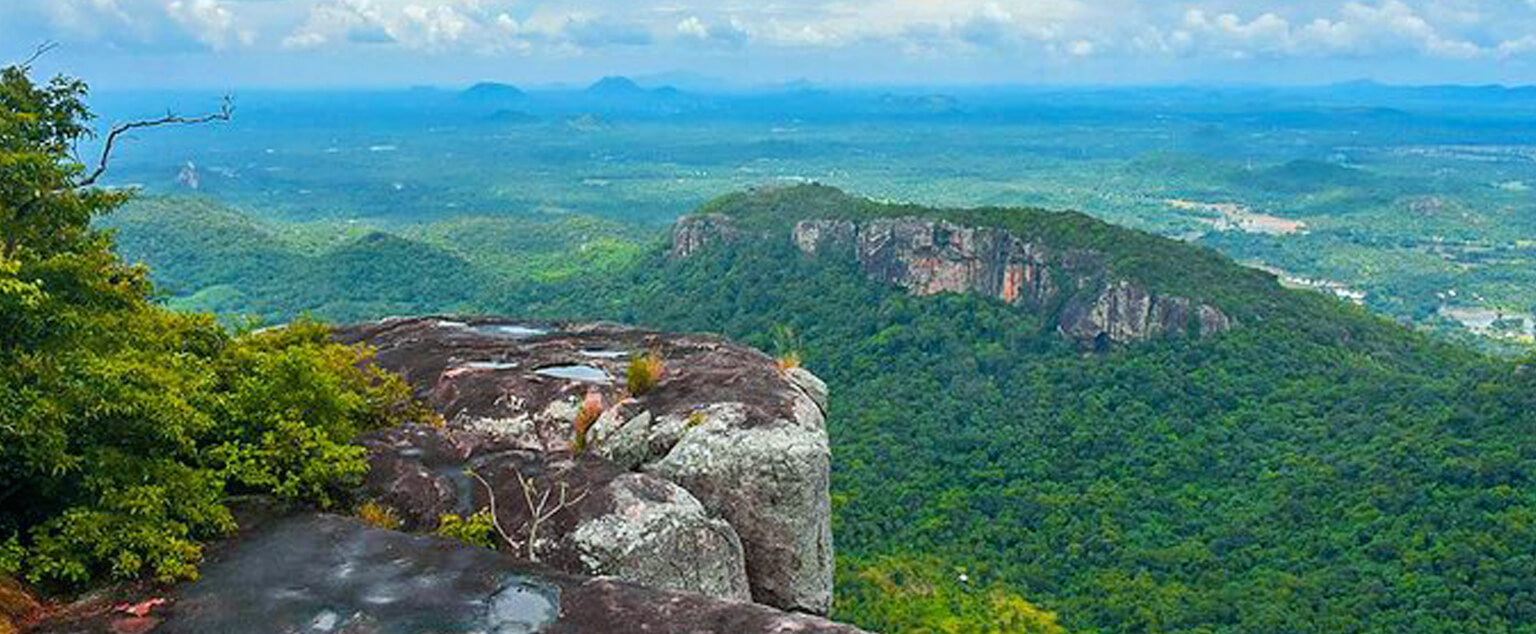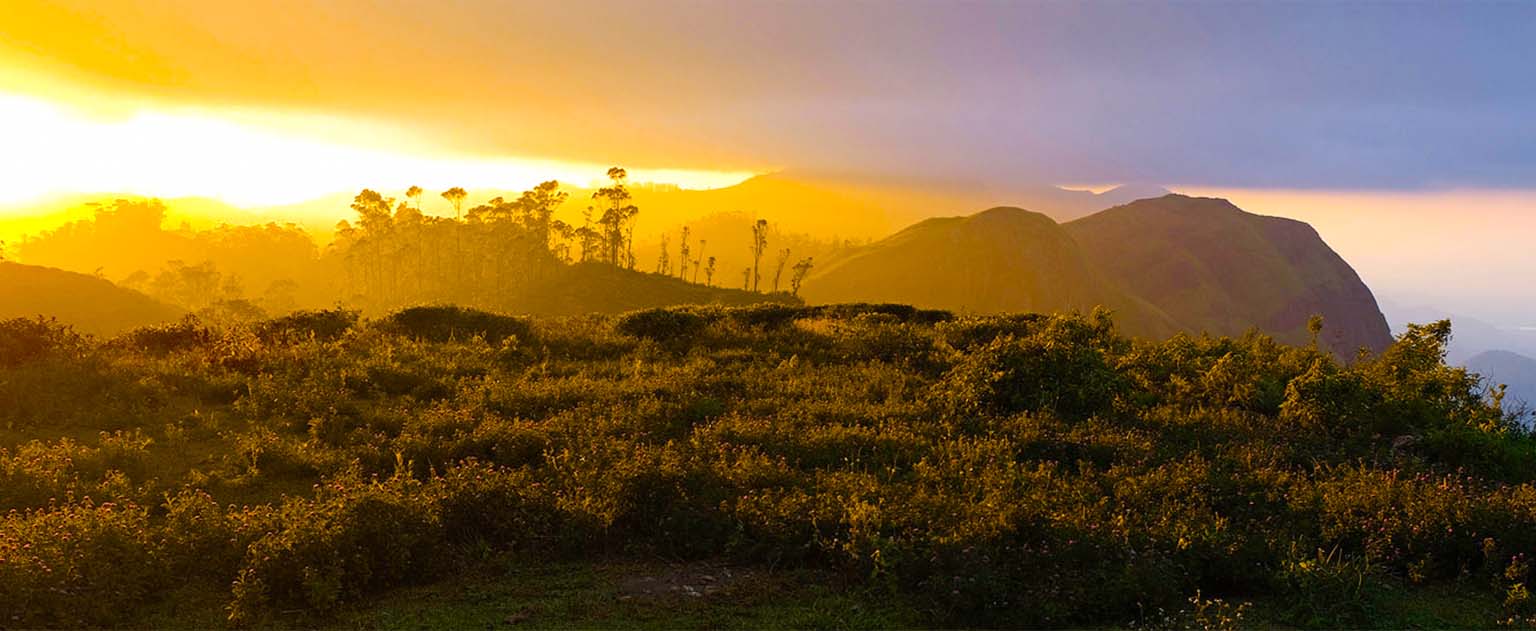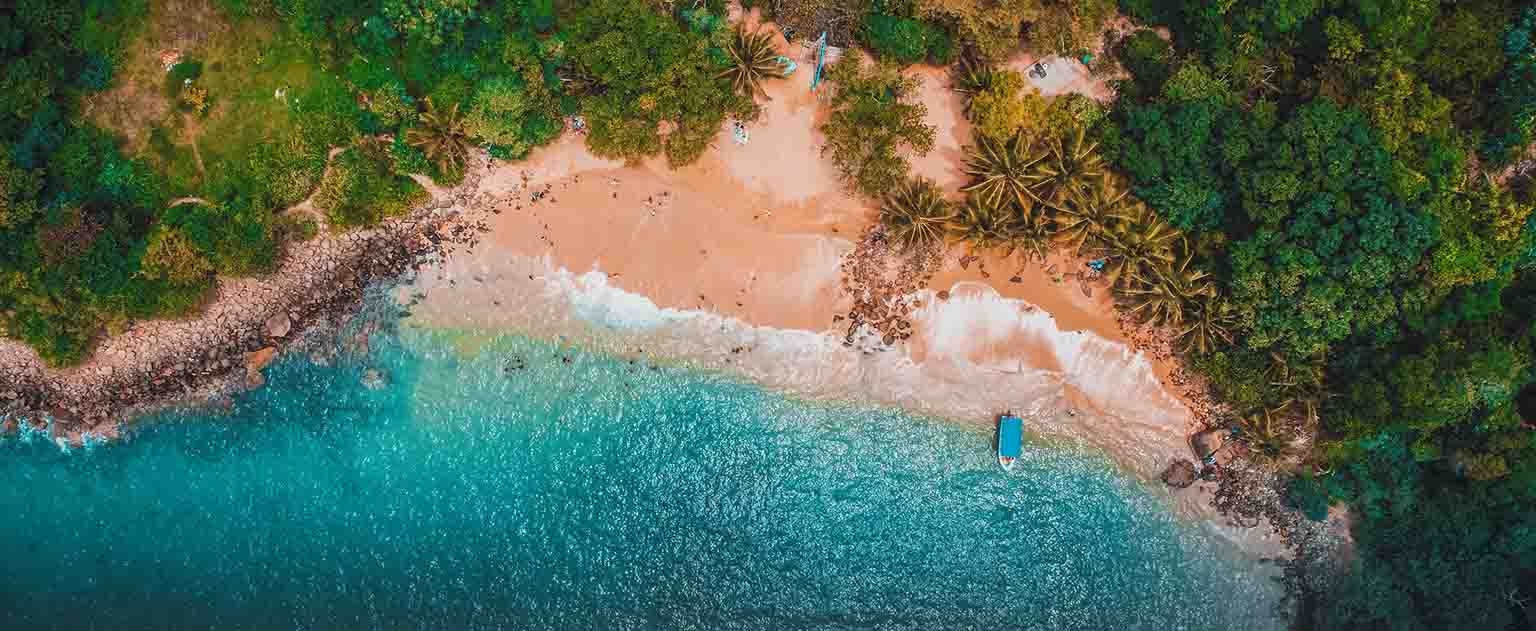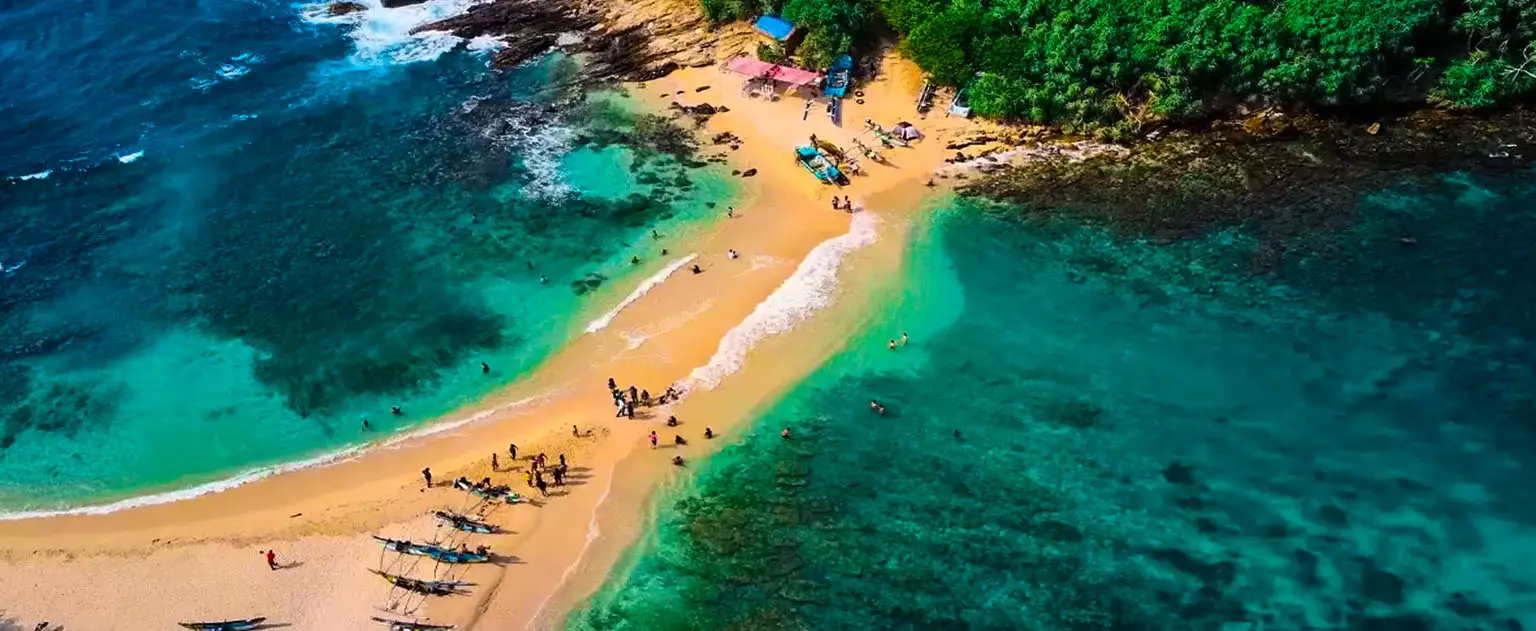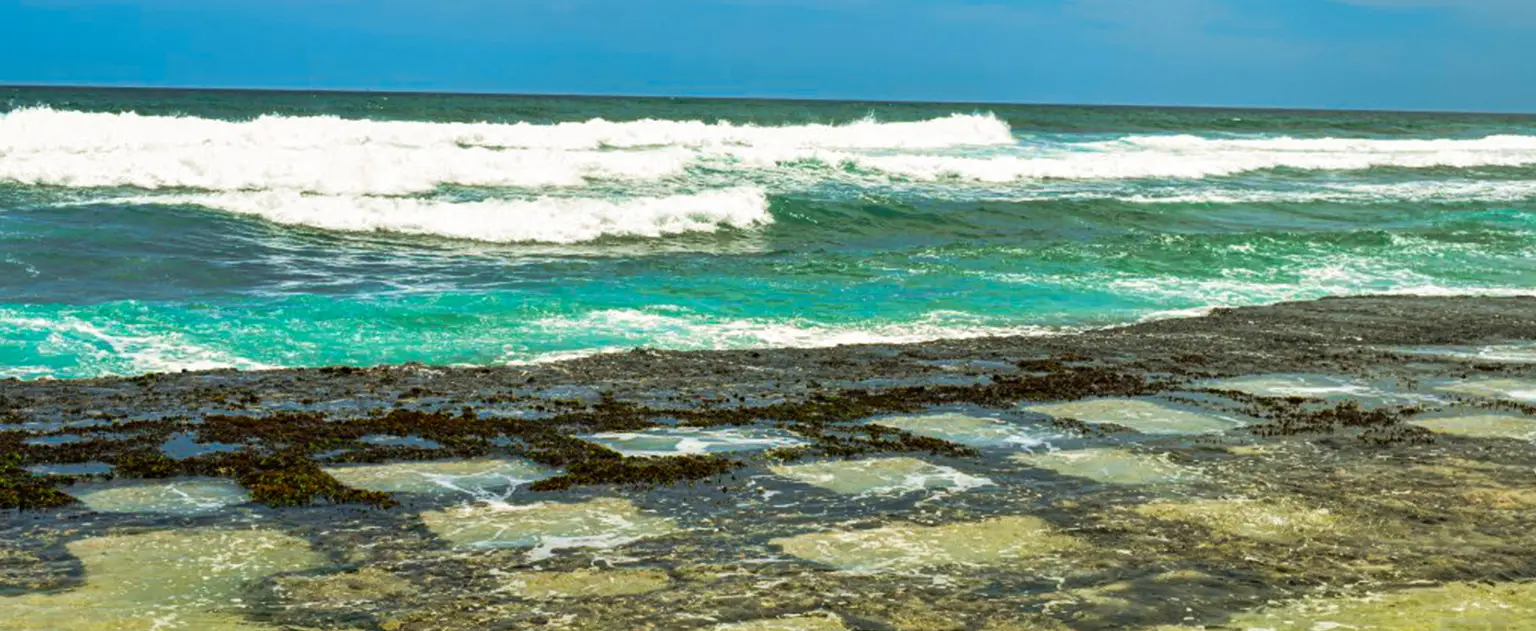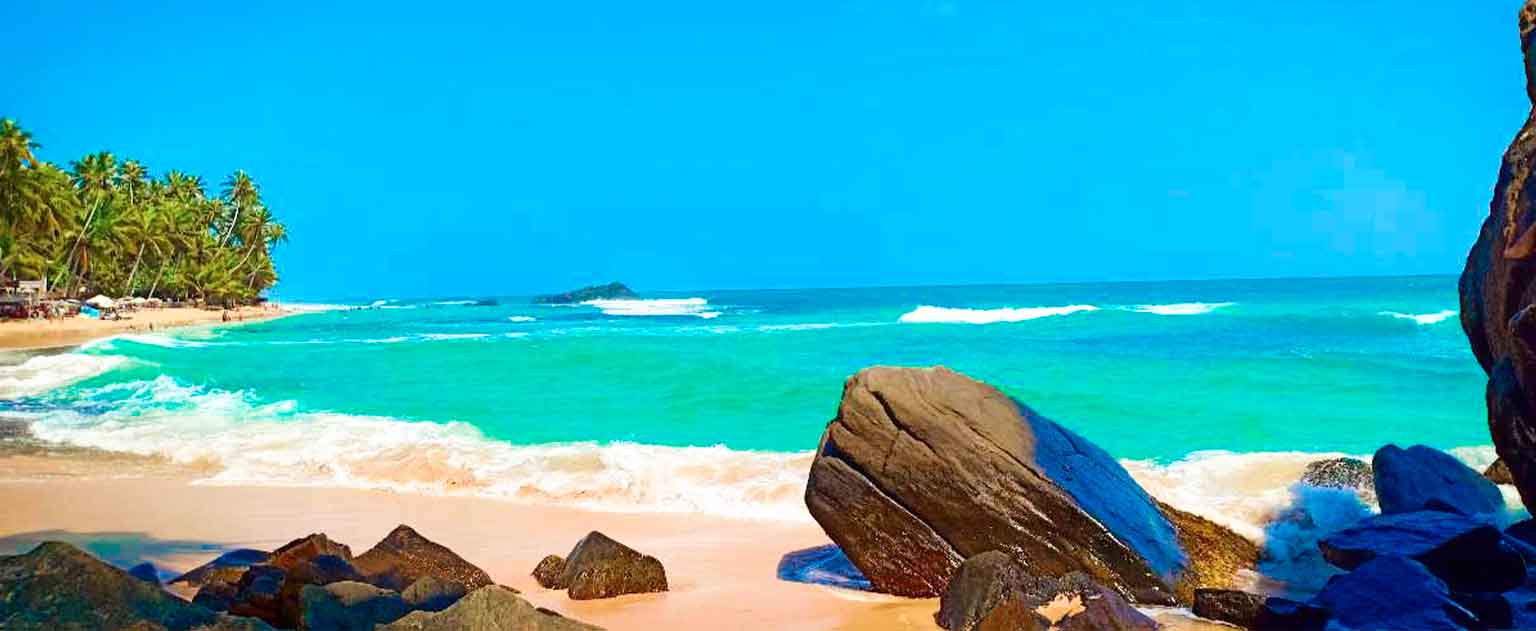Yapahuwa Rock Fortress
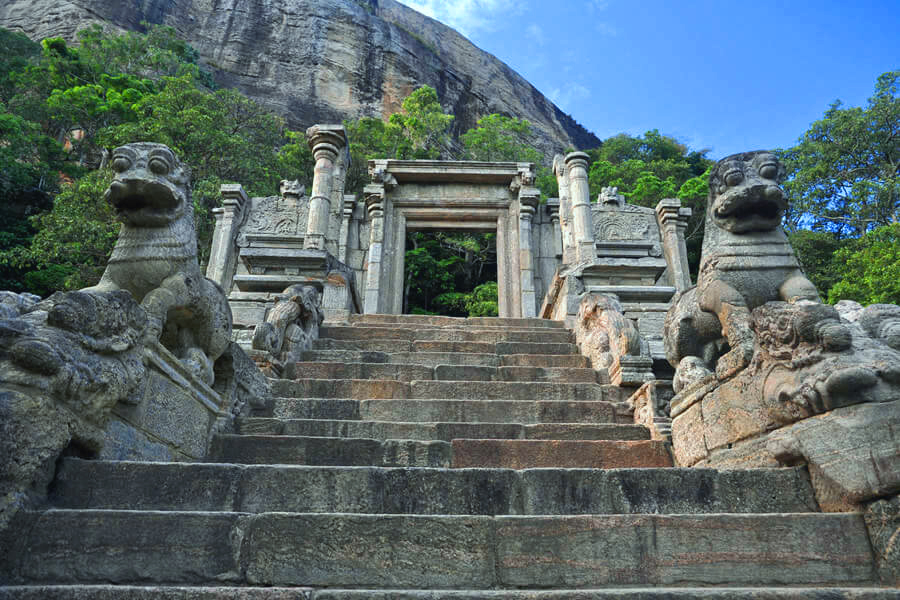
Yapahuwa, known as යාපහුව in Sinhalese, was a brief yet significant capital of medieval Sri Lanka. Nestled approximately midway between Kurunegala and Anuradhapura, the citadel is dramatically situated atop a massive granite rock that rises almost a hundred meters above the surrounding lowlands.
In an attempt to flee the Dravidian invasions from South India in 1272, King Bhuvenakabahu transferred the capital from Polonnaruwa to Yapahuwa, bringing the Sacred Tooth Relic with him. But after the king passed away in 1284, the South Indian Pandyans invaded again and took the Sacred Tooth Relic. As a result, Yapahuwa was mainly deserted and eventually turned into a haven for ascetic Buddhist monks.
Originally called Yapawwa, Yapahuwa is situated southeast of Mahawa in the North Western Province of Sri Lanka, midway between Kurunegala and Anuradhapura. The citadel is similar to the well-known Sigiriya rock castle, standing atop a 90-meter (300-foot) rock boulder. Yapahuwa was a powerful military fortress against foreign invaders and a royal residence in the latter half of the 13th century (1273–1284).
King Buvanekabahu I (1272–1284) started building the palace and fortress around 1273. There are still many visible remnants of the ancient combat defenses, but the most remarkable aspect of the site is its elaborate stairway, which is approximately 100 steps long. The site’s previous usage as a Buddhist monastery is suggested by the remains of a stupa, a Bodhi tree enclosure, and a rock shelter or cave utilized by the monks at the summit. In addition, a shrine with Buddha statues and a cave with an inscription in Brahmi script may be found in a few of the caverns near the base of the rock.
Two lakes and walls are among the defenses along the southern base of the rock. There are the ruins of several buildings, including a Buddhist shrine, inside this walled enclosure. Yapahuwa Rajamaha Vihara is a Buddhist shrine that was founded in the Kandyan period.
Originally transported from Dambadeniya, the Sacred Tooth Relic was housed in a specially built Tooth Temple at the summit of the third flight of stairs. The Pandyans took the relic to South India, from whence Parakkramabahu III (1287–1293) eventually reclaimed it in 1288 and briefly stored it in Polonnaruwa.
Ethagala

Athugala, a remarkable rock structure also called “Ethagala” or “Elephant Rock”, is situated in the North Western Province of Sri Lanka, near Kurunegala. Ethagala is named from its unusual design, which mimics an elephant and rises to a height of almost 700 feet. The stunning grandeur of the granite face is further enhanced by its about 316-meter span. Many pilgrims and tourists looking for peace and spiritual comfort are drawn to the summit by the enormous statue of Lord Buddha, which acts as a spiritual beacon. A favorite spot for people who value tranquil settings and unspoiled beauty, the mountain provides expansive views of Kurunegala and its verdant surrounds.
Ethagala is located in Kurunegala, a historically significant town that was formerly the capital of an ancient Sri Lankan kingdom. It is presently a prominent center for agriculture and industry, producing rubber, coconuts, and paddy. The town is easily accessible from major cities like Colombo and Kandy because to its excellent road and rail connections. Ethagala is a popular destination for tourists visiting Kurunegala because of its unique combination of spiritual significance and natural majesty, making it the centerpiece of any trip to this dynamic area.

